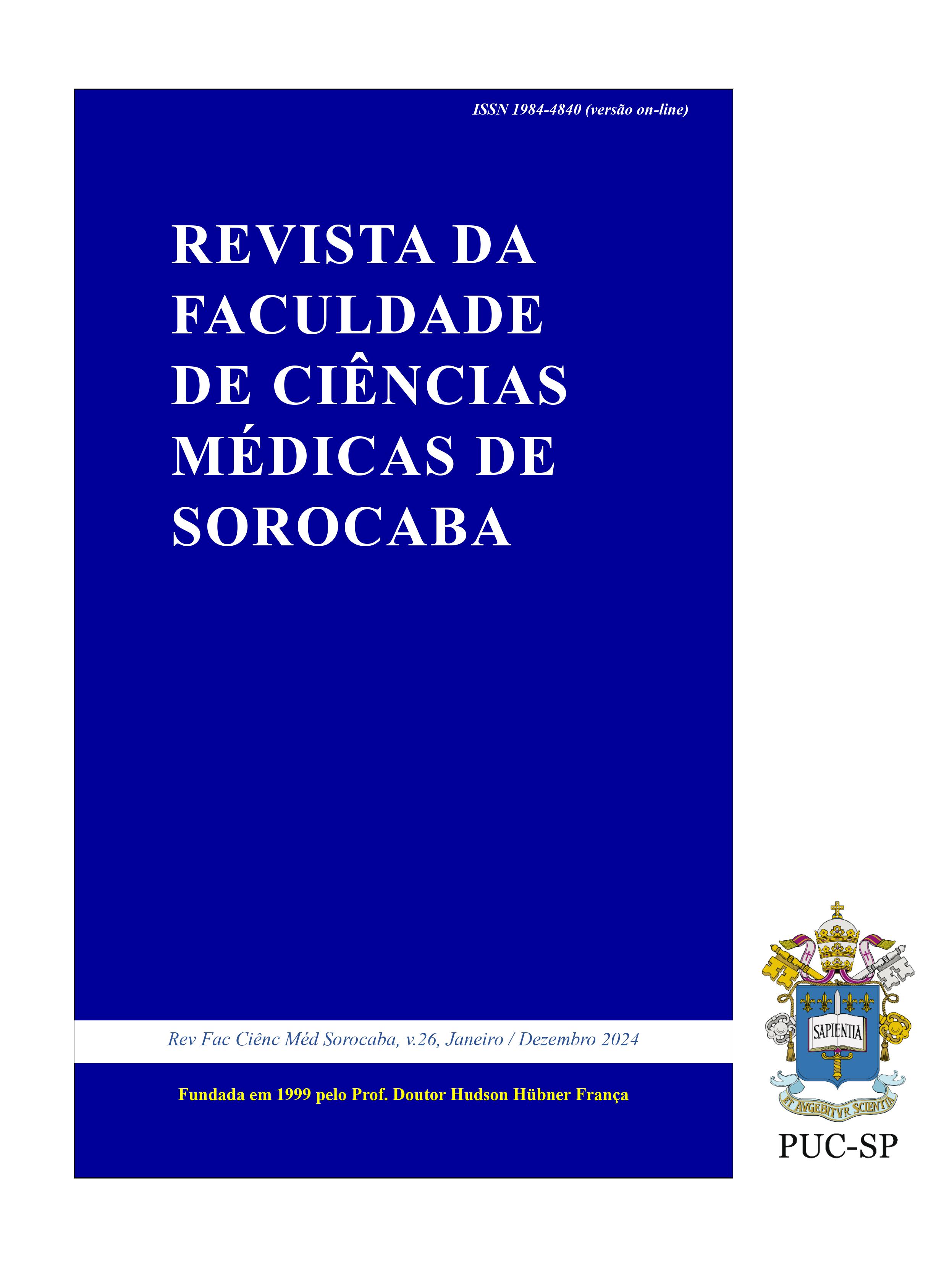Low success rate of recovery of Sporothrix spp. from a fungal collection using storage through mineral oil technique
DOI:
https://doi.org/10.23925/1984-4840.2024v26a13Keywords:
Fungal Storage, Dimorphic Fungi, Sporotrichosis, Fungus StorageAbstract
Subject: We aimed to evaluate the recovery rate of Sporothrix spp. isolates maintained for years through the mineral oil technique. Methods: Two hundred and seventeen isolates of Sporothrix spp. from the fungal collection of the Mycology Laboratory of Faculdade de Medicina - Universidade Federal do Rio Grande (FAMED-FURG), Southern Brazil, with a mean period of storage of five years, were included in the study. Isolates were subcultured in duplicate on Sabouraud dextrose agar and on brain heart infusion agar. Results: Of the 217 isolates, only 16.6% (n = 36) were recovered. The median period of storage was similar between the viable (n = 36) and non-viable (n = 181) isolates, being 5.8 years and 4.7 years, respectively (p ˃ 0.05). Conclusion: Considering the low rate of Sporothrix spp. recovery using mineral oil, we reject to use this methodology and strongly recommend another storage methods to guarantee the maintenance of viable Sporothrix spp. isolates in fungal cultures.
Downloads
Metrics
References
Lopes-Bezerra LM, Mora-Montes HM, Zhang Y, Nino-Vega G, Rodrigues AM, de Camargo ZP, et al. Sporotrichosis between 1898 and 2017: The evolution of knowledge on a changeable disease and on emerging etiological agents. Med Mycol. 2018;29:126–43. doi: 10.1093/mmy/myx103.
Morgado DS, Castro R, Ribeiro-Alves M, Corrêa-Moreira D, Castro-Alves J, Pereira SA, et al. Global distribution of animal sporotrichosis: A systematic review of Sporothrix sp. identified using molecular tools. Curr Res Microb Sci. 2022;3:100-40. doi: 10.1016/j.crmicr.2022.100140.
Poester VR, Mattei AS, Madrid IM, Pereira JTB, Klafke GB, Sanchotene KO, et al. Sporotrichosis in Southern Brazil, towards an epidemic? Zoonoses Public Health. 2018;65:815–21. doi: 10.1111/zph.12504.
Rabello VBS, Almeida MA, Bernardes-Engemann AR, Almeida-Paes R, de Macedo PM, Zancopé-Oliveira RM. The historical burden of Sporotrichosis in Brazil: a systematic review of cases reported from 1907 to 2020. Braz J Microbiol. 2022;53(1):231-44. doi: 10.1007/s42770-021-00658-1.
Castellani A. Viability of some pathogenic fungi in distilled water. J Trop Med Hyg. 1939;(42):225-6.
Lee JJ. ATCC Preservation Methods: freezing and freeze‐drying. J. Protozzool. 1992;39(5):651. doi: 10.1111/j.1550-7408.1992.tb04871.x.
Sherf AF. A method for maintaining Phytomonas sepedonica in culture for long periods without transfer. Phytopath 1943;33:330-2.
Karabiçak N, Karatuna O, Akyar I. Evaluation of the viabilities and stabilities of pathogenic mold and yeast species using three different preservation methods over a 12-year period along with a review of published reports. Mycopathologia. 2016;181:415-24. doi: 10.1007/s11046-016-9985-7.
Barreira T, Corrêa-Moreira D, Borba C, Moraes A, Oliveira M. Molecular and phenotypic reidentification of Sporothrix schenckii clinical isolates preserved under mineral oil for 34 to 64 years in a culture collection in Brazil. Curr Res Microb Sci. 2022;3:100-28. doi: 10.1016/j.crmicr.2022.100128
Borba CM, Silva AMM, Oliveira C. Long-time survival and morphological stability of preserved Sporothrix schenckii strains. Mycoses. 1992;(35)185-8. doi: 10.1111/j.1439-0507.1992.tb00843.x.
Lima F, Borba CM. Viability, morphological characteristics and dimorphic ability of fungi preserved by different methods. Rev Iberoam Micol. 2001;18:191-6. doi: 1130-1406/01/10.00.
Brilhante RS, Silva NF, Lima RA, Caetano ÉP, Alencar LP, Castelo-Branco DS, et al. Easy storage strategies for Sporothrix spp. strains. Biopreserv Biobank. 2015;13:131–4. doi: 10.1089/bio.2014.0071.
Rabello VBS, Corrêa-Moreira D, Santos C, Pinto TCA, Procopio-Azevedo AC, Boechat J, et al. Preservation methods in isolates of Sporothrix characterized by polyphasic approach. J Fungi (Basel). 2022;1:9-34. doi: 10.3390/jof9010034.
Downloads
Published
How to Cite
Issue
Section
License
Copyright (c) 2024 Revista da Faculdade de Ciências Médicas de Sorocaba

This work is licensed under a Creative Commons Attribution-NonCommercial 4.0 International License.
Os autores no momento da submissão transferem os direitos autorais, assim, os manuscritos publicados passam a ser propriedade da revista.
O conteúdo do periódico está licenciado sob uma Licença Creative Commons 4.0, esta licença permite o livre acesso imediato ao trabalho e que qualquer usuário leia, baixe, copie, distribua, imprima, pesquise ou vincule aos textos completos dos artigos, rastreando-os para indexação, passá-los como dados para o software, ou usá-los para qualquer outra finalidade legal.





 Este obra está licenciada com uma Licença
Este obra está licenciada com uma Licença 